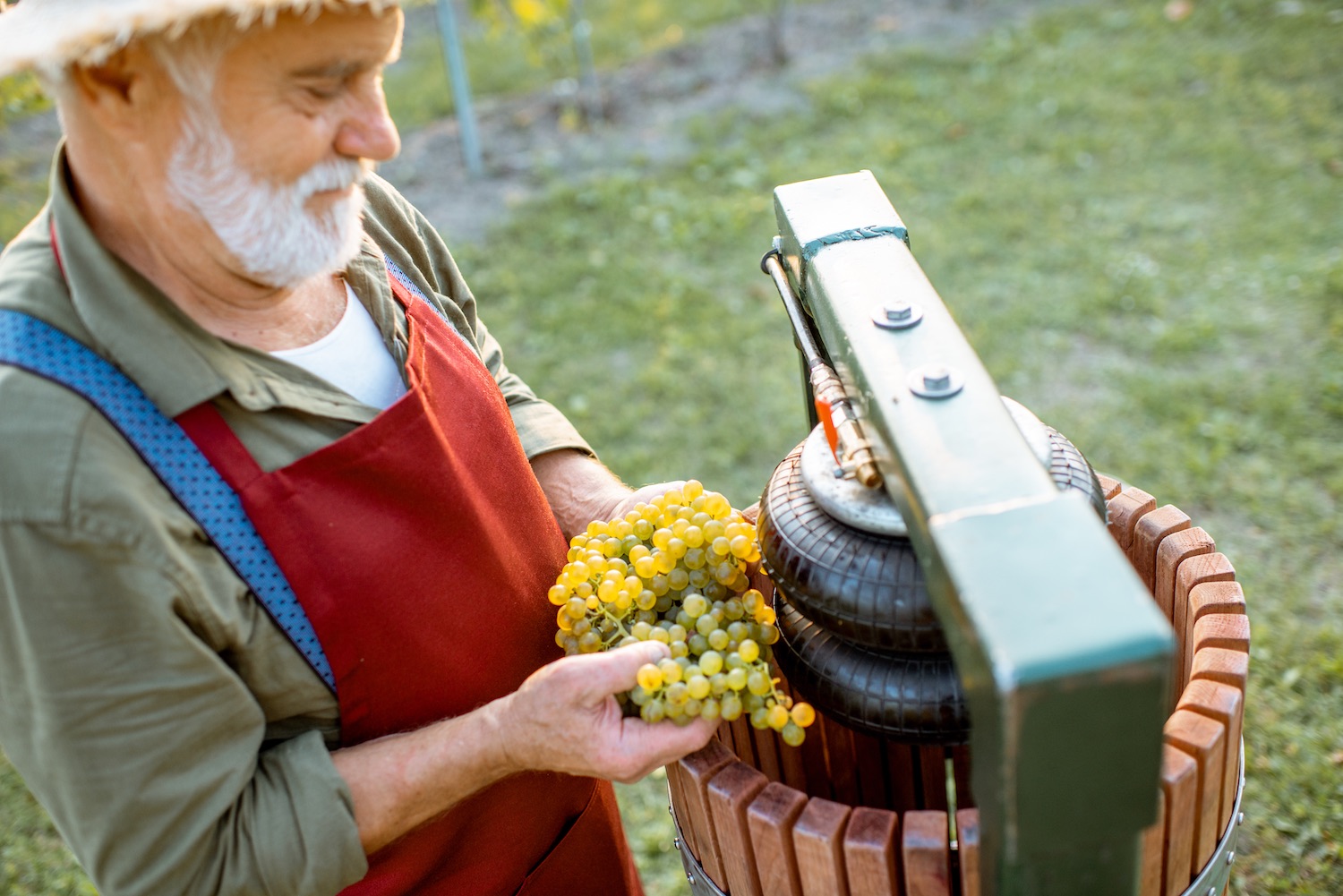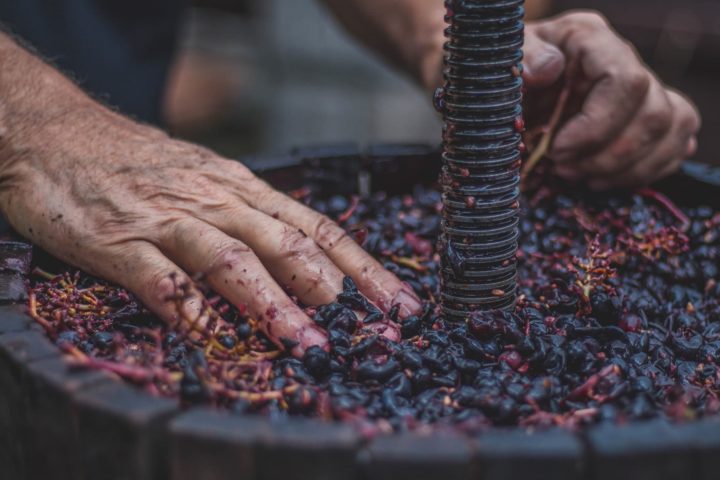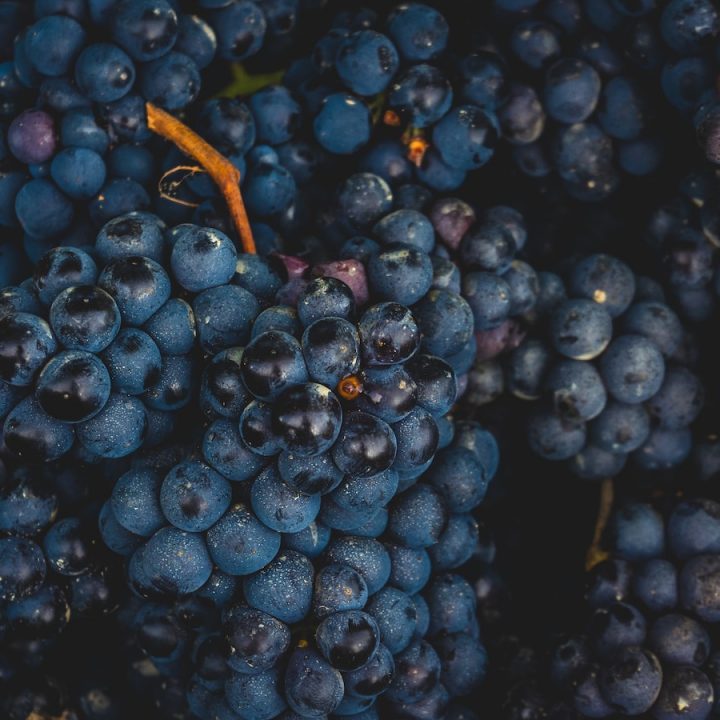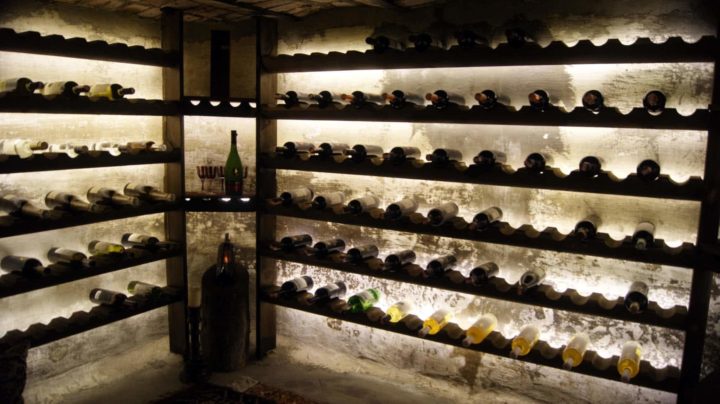The world of white wine is full of nuances and complexity that make its enjoyment a unique experience. The pressing process combines craftsmanship and experience of the winemaker. Each step in the pressing process contributes to the final quality of the wine. It all starts with the selection of the perfect grapes, the grinding of the grapes and the actual pressing of the wine. Here, nature and technology combine to create a fascinating interplay that you can experience with every sip.
Would you like to learn more about the fascinating world of white wine pressing? Then you’ve come to the right place! In this article we will take you on an exciting journey through the different steps of white wine pressing. We highlight the techniques and methods used to make white wine and explain how each step contributes to the quality of the final wine. Experience the combination of craftsmanship and technology and learn how each step of the process ensures that you end up enjoying a unique experience.
1. Preliminary Stage: De-stemming the Grapes
White wine production begins with the removal of the grapes from the stems. The so-called destemming or destemming can be done by hand or by machine. For many white wines, the grape stalks contain unwanted tannins that should not get into the must in order to obtain a white wine that is as pure as possible. Thanks to the invention of modern machines, the manual removal of the stems before milling is rarely practiced. After destemming, the grapes are sent to the grape mill, the next step in the production of white wine.
1. Preliminary Stage: Crushing the Grapes
The crushing is performed by transferring the grapes over two counter-rotating rubber rollers. This process breaks the cells of the pulp and allows part of the must to flow freely.
The fruit juice that emerges during this process is also known as pre-run must and accounts for approximately 30 percent of the total volume. Since it is extracted from the grapes completely freely and without mechanical action, it has the best prerequisites for the production of white wine. However, it is usually added to the rest of the must and not vinified separately.
Grinding the grapes is only a preliminary stage of pressing and, strictly speaking, is not yet part of the actual process.
By the way: recently, the so-called whole bunch pressing is gaining more and more popularity, as the grapes are significantly less stressed as a result. More about this a little further down in the article.
The Art of Pressing: From Pulp to White Wine
After the grapes have been destemmed and milled, we now move on to the heart of the pressing process: the pressing. This process is of great importance, because it significantly determines the quality and taste of the white wine.
In the past, pressing was done by hand, as modern technology was not yet available. The grapes were trodden with the feet in large wooden vats to release the must. Although this process was time-consuming and strenuous, it contributed to the high esteem in which wine is held.
Nowadays, however, pressing in modern wineries is done by machine. The crushed grapes (mash) are put into special presses. Pressure is used to squeeze the must out of the mash. This must is still cloudy and contains suspended solids.
As a rule, the raw juice is gently pre-clarified (degummed) in a first step to remove the coarse lees. There are several methods for this. The most natural method is to pump the cloudy must into a cooled tank. There it is left to stand for 24 hours at 5°C to 8°C so that the lees can settle to the bottom. The clear must is then drawn off into the fermentation tank. However, as this method takes time and involves a certain risk of must oxidation, many large wineries rely on mechanical pre-filtration using vacuum rotary filters and diatomaceous earth. The goal of all methods is the same: a clear must without impurities, which is then brought to fermentation.
However, not only the technology has changed over time, but also the approach of winemakers. Modern winemakers have developed a deep understanding of the processes and chemistry of wine. They know exactly how to control the pressing process to achieve the desired taste and quality of the wine. They can adjust the pressure and duration of pressing to extract the must at the desired quality.
In the next section, we will take a closer look at the types of presses that are or have been used in white wine pressing.
Different Types of Presses Used in White Wine Vinification
The pressing of white wine is an art that has evolved over centuries. It has its roots in ancient times, when people began to use the natural fermentation of grapes to make wine. But perhaps the most significant advance in this long history has been the development of various types of presses. These have revolutionized the way we make wine and opened the door to new flavor profiles and qualities.
Basket Press: Heritage from the Past
Let’s start our journey through the history of white wine pressing with the basket press, a method that has its roots in antiquity. The basket press originally consisted of a large wooden basket in which the grapes released their juice by gravity and manual pressing.
Despite their simplicity, basket presses were effective and used for centuries. But they also had their limitations, especially in terms of the volume of grapes processed. With the advent of larger wineries and the need for more efficient methods, the era of basket presses began to wane.
But in the world of wine, the old never really goes out of style. The basket press has recently experienced a renaissance, especially among quality wine producers who value traditional craftsmanship and want to express it in their wines. In Champagne, the large Marmonier basket presses, which can hold over 4,000 kilos, are still used today by some prestigious Champagne houses for their best wines.
Screw Press: A Technological Revolution
With the arrival of industrialization in viticulture, the screw press came into play. This horizontal press, based on mechanical principles, allowed for a more efficient and uniform pressing of the grapes. It was a great step forward, but not without its own challenges and limitations. In the context of white wine production, the screw press has been used rather rarely because it brings the must into greater contact with the skins, which can lead to higher levels of tannins.
Tank Press: State-of-the-art Technology for Finest Wines
The latest innovation in the world of white wine pressing is the tank press. With its pneumatic system, it is able to press the grapes gently and efficiently. Due to its sieve-like cylinder wall, only a few skin components get into the must – an important aspect in the production of white wine. The tank press is representative of the technological progress and precision with which white wines are produced today.
The tank press has fundamentally changed the way white wine is made today and is an impressive example of how technology and tradition can go hand in hand to produce outstanding wines.
Whole Cluster Pressing: An Alternative to Conventional Pressing
The whole cluster pressing is used more and more often in the production of white wine. In this process, the grapes are pressed whole without being destemmed beforehand. As a result, fewer bitter substances and extracts get into the must, which helps to preserve freshness and fruitiness, especially in low-acid white wines.
In order not to damage the seeds and stem structure, a gentle pressing process with the lowest possible pressure is indispensable. The pressing can last several hours, but it ensures a fruity and pure must.
In Champagne, whole cluster pressing is even mandatory for the production of base wines and allows the distinction of different pressing stages. Here, only the juice from the first pressing stage (also called cuvée) is traditionally used for Champagne. Not to be confused with cuvée, which refers to a blend of several wine or grape varieties.
Craftsmanship – From the Vine to the Glass
So that was our fascinating journey through the process of white wine vinification! Each wine is the result of an incredible amount of passion, craftsmanship and know-how. Starting with the careful selection of the grapes to the actual pressing process, where each step contributes to the creation of the unique taste that wine lovers around the world appreciate.
The evolution of the different presses, from the ancient basket press to the screw press and the ultra-modern pneumatic tank press, is an impressive testimony to the technological progress in wine production. Despite all the new technologies, the goal has always remained the same: to create a wine that best expresses the character of the grape and its origin.









